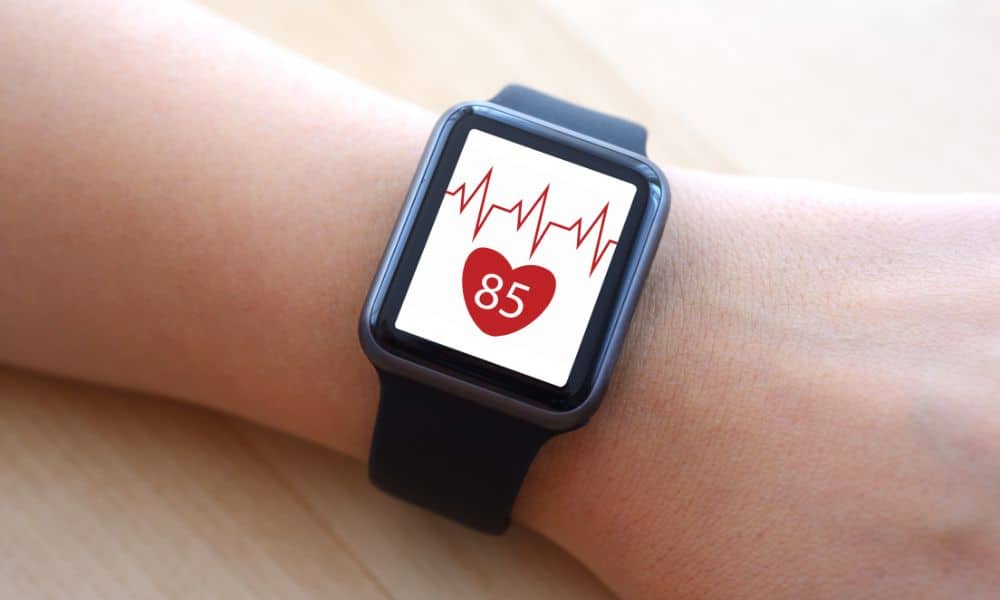Exercise is not beneficial unless your heart rate increases and you see an increase in your breathing rate after exercise. Also, this is possible when exercise intensity increases.
It is the extent to which you can feel the activity. When you sweat and have fatigue in your muscles, show that you have done your exercise well. But that you burned calories or glycogen, which causes fat loss or muscle growth and definition.
Measuring exercise intensity
There are two ways of measuring exercise intensity which include:
- Subjective Measure–This includes how hard you have felt about physical activity. Also, this is your exertion. Thus, this level of work varies from one individual to another when doing the exercise. For instance, a hard run for you subjectively might be a straightforward thing to do for another person.
- Aim Measure–This is your heart rate after exercise that you can measure through different scales, like a treadmill. It defines your exercise intensity as you perform a particular movement. An increase in the heart rate means you have completed an intense workout and vice versa.
Heart rate ranges according to age and heart zones
There is a common suggestion for people to reach 50 to 85% of their optimum heart rate as they perform the exercise. The maximum heart rate is approximately 220 beats per minute, subtracted by a person’s age. Therefore, a person of 20 years of age will have a heart rate of 200 bpm.
220 – 20 = 200
A person should target the lower spectrum (50%) and slow build-up to the upper scope (85%)—an average resting heart rate ranging from 60 to 100 bpm. However, sometimes, we see the lower resting heart rate go as low as 40 bpm, especially in athletes. It is because athletes have healthier muscles and better circulation in their bodies.
Research suggests that a low resting heart rate links with better longevity and lesser health abnormalities.
Heart rate after aerobic exercise
Heart rate after exercise also varies according to the individual’s type of exercise. In low to moderate-intensity aerobic exercise, the heart rate normalizes under 20 minutes. The stroke volume goes to the resting level similarly.
The heart rates also fluctuate with the fluctuation in the intensity of exercise. Also, this is especially notable where high-intensity training comes in the space of lower-intensity activity. As the intensity of the exercise increases, the heart rate exercise also increases.
Heart rate after anaerobic exercise
Heart rates elevate slightly and show only a moderate increase in each work period. Also, this is observable in short work periods where energy comes from anaerobic pathways. Heart rate after exercise comes back to the normal range at every rest period. It goes back to normal mode a few minutes after the workout ceases.
The cardiovascular system of our body has a lot to do with getting rid of the waste in our body. Also, this is to rejuvenate the anaerobic energy levels in our body, which stimulate to a minimum state—the heart rate increases with the overall duration of each work period. Also, the recovery period decreases.
The heart rate in anaerobic training rises incrementally. It peaks with every resting period. Therefore, it takes longer for the heart rate after exercise to get normal than for aerobic exercise. This range lies from 20 to 40 minutes.
Cardiorespiratory connection to exercise
Increasing heart rate relates to overall cardiorespiratory connection as well. It determines how well you can perform in long, strenuous activities. High cardiorespiratory endurance helps to sustain high-intensity physical exercises with little fatigue.
As a person inhales, the air from the lungs passes into the blood. The blood rich in oxygen reaches the heart, where the heart pumps it all over the body. Our muscles require sufficient oxygen to function well in long, strenuous physical exercises. If this doesn’t happen adequately, the waste products accumulate in the body, causing fatigue.
Cardiorespiratory functioning and overall health
Exhaustive literature is present in science journals that show the importance of cardiorespiratory endurance for health. It is a common fact that a healthy cardiorespiratory function is a powerful indicator of overall health.
A person with excellent health and fitness levels will have better cardiovascular and respiratory endurance overall. People who try losing weight might want to focus on improving their overall endurance as it burns calories. Thus, improving the heart rate after exercise becomes a critical goal. Research shows that our circulatory system accounts for 6% of body metabolism.
Research also suggests additional health benefits from better cardiorespiratory health. For instance, we have various conclusions from studies highlighting the importance of the subject.
Research from 2017 showed that individuals with better cardiovascular endurance have fewer chances of developing hypertension. However, this comparison was with those who had relatively lesser cardiorespiratory functioning.
A study also shows a positive association between improved cardiovascular endurance levels and multitasking physical activities. Participants between the ages of 58 and 81 years took part in this study.
Also, research shows a better cardiorespiratory endurance decreases the overall risk of heart disease and mortality.
How can you increase your heart rate healthily?
There are many ways to increase heart rate healthily through different exercises. For example, you can exercise at an intensity that allows you to reach up to 60% of your maximum heart rate for 120 seconds.
You can do this on a treadmill. Later, you can increment this pace up to 85% of your maximum heart rate for a minute. Again, you can do so as you increase the setting on a treadmill. Also, you can alter between faster and slower paces for around half an hour.
Last words on heart rate after exercise
These are some things you need to know about heart rate after exercise and exercise intensity with time. You can improve your overall cardiorespiratory endurance to improve your health and fitness as you pay attention to increasing your heart rate the right way. The better your endurance, the better your overall health and wellness.
There are many benefits to monitoring your heart rate after exercise. Besides determining how hard you’re working out, we can use this data to benchmark future workouts and help point out when something is going wrong with your body or fitness routine.
So if you want peace of mind that everything’s in order, take the time to monitor your heart rate regularly.
The best way to do this is by wearing a smartwatch like Apple Watch 2 or Fitbit Charge HR, which monitors calories and heart rates, making it easy for anyone who wants more information about their health level! What was your experience with heart rate? Let us know in the comments below.




